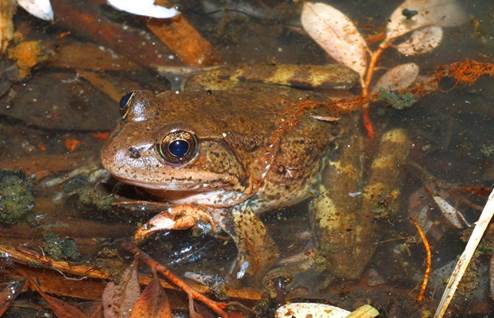Evolutionary dynamics of a rapidly receding southern range boundary in the threatened California Red-Legged Frog (Rana draytonii)
Abstract/Summary
Populations forming the edge of a species range are often imperiled by isolation and low genetic diversity, with proximity to human population centers being a major determinant of edge stability in modern landscapes. Since the 1960s, the California red-legged frog (Rana draytonii) has undergone extensive declines in urban-plagued southern California, where the range edge has rapidly contracted northward while shifting its cardinal orientation to an east-west trending axis. We studied the genetic structure and diversity of these front-line populations, tested for signatures of contemporary disturbance, specifically fire, and attempted to disentangle these signals from demographic events extending deeper into the past. Consistent with the genetic expectations of the ‘abundant-center’ model, we found that diversity, admixture and opportunity for random mating increases in populations sampled successively further away from the range boundary. Demographic simulations indicate that bottlenecks in peripheral isolates are associated with processes extending tens to a few hundred generations in the past, despite the demographic collapse of some populations due to recent fire-flood events. While the effects of recent disturbance have left little genetic imprint on these populations, they likely contribute to an extinction debt that will lead to continued range contraction unless management intervenes to stall or reverse the process.
Publication details
| Published Date: | 2013-02 |
| Outlet/Publisher: | Evolutionary Applications doi:10.1111/eva.12067 |
| Media Format: |
ARMI Organizational Units:
Southwest, Southern California - BiologyTopics:
FireManagement
Monitoring and Population Ecology
Species and their Ecology
Place Names:
Angeles National ForestCalifornia
Santa Monica Mountains National Recreation Area
United States
Keywords:
DNAextinction
fire
gene flow
T&E
threatened species

